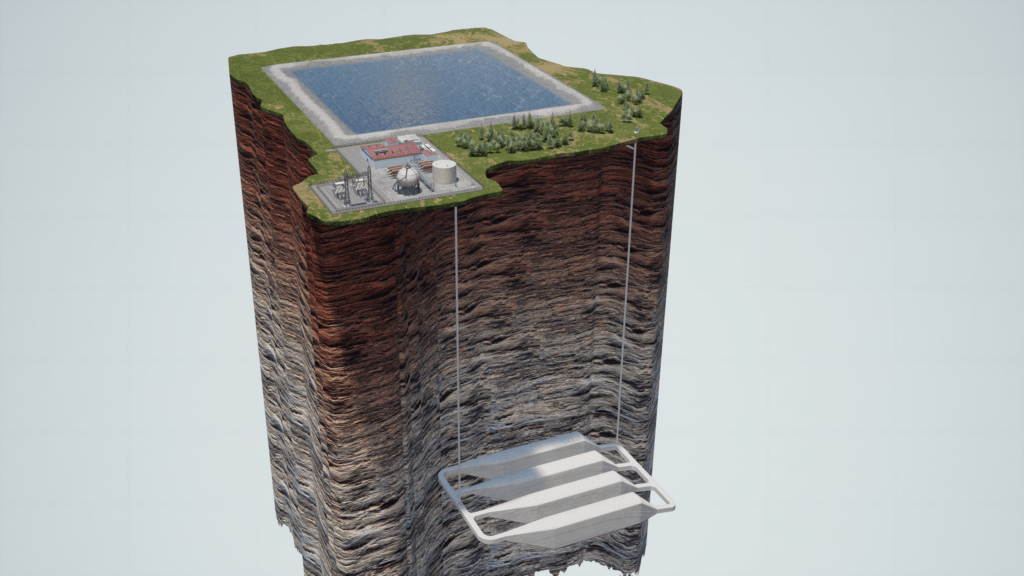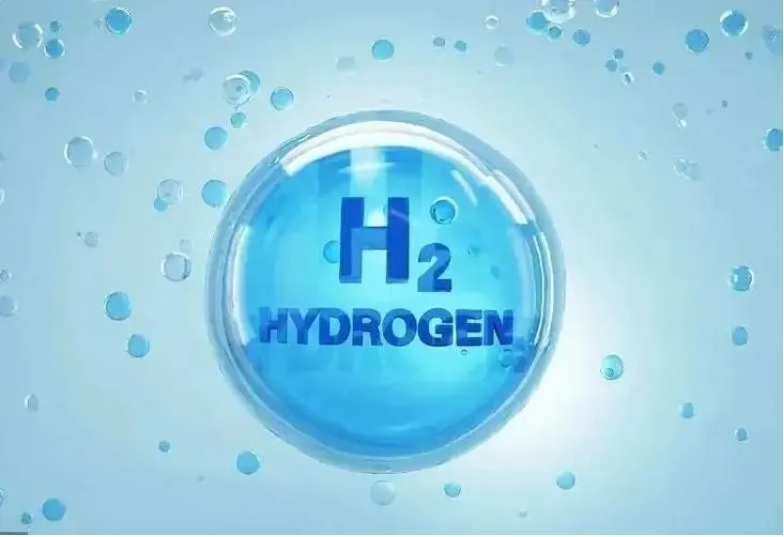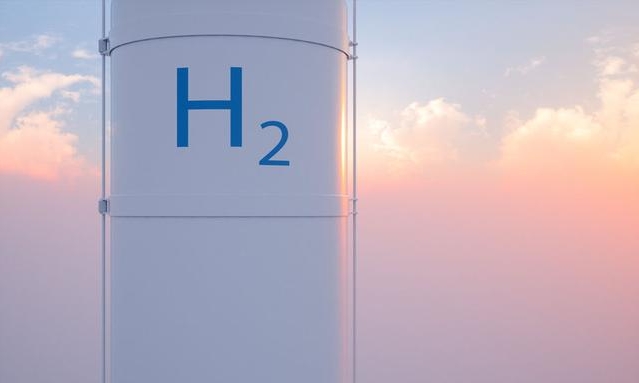
Advanced compressed air energy storage (A-CAES) company Hydrostor is waiting to hear if one of its proposed large-scale projects in California will get approved to supply electricity.
The California Energy Commission (CEC) said last week that Hydrostor’s Application for Certification (AFC) for its Gem Energy Storage Center, a 500MW/4,000MWh facility which would be built in Kern County, is complete.
An AFC is required as part of the standard licensing process for all power plants of over 50MW within the Commission’s jurisdiction. Project proposals need to meet criteria of providing adequate information to enable decision-making.
The application for the US$975 million Gem project had been filed by Hydrostor late last year. The company claimed Gem could be online by 2026, creating up to 700 jobs during construction and about 40 full-time jobs once operational.
With the CEC having found the AFC to be complete, executive director Drew Bohan recommended that the 12-month timeline for a decision to be made on it should begin. Four commissioners voted unanimously to begin that process at a meeting held 13 July, with one commissioner absent and none against the approval.
Canada-headquartered Hydrostor has developed a technology which it claims greatly improves the efficiency of using compressed air to store energy in vast underground caverns.
A-CAES also eliminates fossil fuel use associated with legacy compressed air plants, CEO Curtis VanWalleghem explained in an interview with Energy-Storage.news earlier this year. The world’s 400MW of existing compressed air plants, two facilities, one in the US and the other in Germany, use thermal generation to pre-heat air for expansion as they discharge their stored energy.
Instead, Hydrostor’s technology utilises a thermal management system which heats up water during the compression process. The hot water is then used in the later step of expanding the air. The innovation boosts the round-trip efficiency of compressed air from about 40% at legacy plants to 65% for advanced compressed air energy storage.
The company not only holds the keys to the technology which it could supply to others or license, but has also taken on the role of developing projects in key territories.
Hydrostor has been able to attract the backing of investors including Goldman Sachs Asset Management, which has committed to up to US$250 million investment, based on whether the energy storage company can make progress on its 1.1GW/8.7GWh of projects in development.
According to research group Mercom Capital, Hydrostor was the biggest recipient of VC funding in the energy storage space in Q1 2022 thanks to the Goldman Sachs investment and was bolstered with a further US$25 million commitment from a Canadian pension fund in April.
In addition to the 4GWh Gem project, Hydrostor has also filed an AFC for another California project, the 400MW/3,200MWh Pecho Energy Storage Center in San Luis Obispo County.
CEO VanWalleghem said that in California, Hydrostor is developing plants with eight hours storage duration to meet the profile of facilities that supply capacity into California’s CAISO wholesale market under resource adequacy (RA) contract structures – through which load-serving entities like investor-owned utilities (IOUs) and community choice aggregators (CCAs) are ordered to make procurements to ensure their customers’ lights stay on.
However, the A-CAES technology is scalable to much longer durations: one case in point is Hydrostor’s other gigawatt-hour scale project in development at Broken Hill in New South Wales, Australia.
Silver City Energy Storage Center in Broken Hill would be a 200MW/1,500MWh A-CAES plant that would participate in Australia’s National Electricity Market (NEM). It was recently selected by regional grid operator Transgrid as the preferred option among a number of proposals as offering the highest net benefit to consumers and integrating the most renewable energy capacity to the network cost-effectively.
The California Energy Commission’s hearing office is set to hold a potential information hearing and site visit for the Gem Energy Storage Center project on 11 August.







